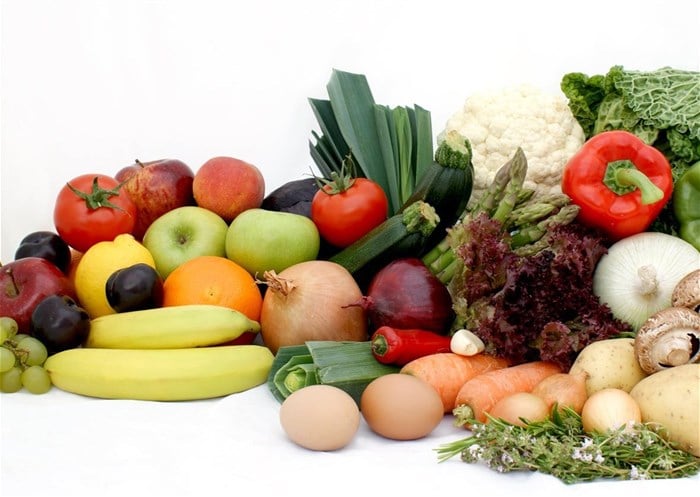
Food inflation reversed course and for the first time in six consecutive months accelerated slightly by 0.8 ppt to 8.8% y/y in October 2023. A surprise surge in prices of lightweight items in the food basket, fruit, and vegetables, more than outweighed the moderation in cereals and meat.
The fruit inflation surged to a 34-month high of 8.5% year-on-year in October from 6.7% year-on-year in the prior month and further quickened by 2.7ppts to 5.8% month-on-month.
Bananas posted the biggest annual increase of 42.1% year-on-year (+R6.28/kg) and were up 11% month-on-month (+R2.10/kg at R21.20/kg. They were followed by apples and pears with increases of 13.9% year-on-year (+R2.59/kg) and 11.5% year-on-year (+R2.34/kg) respectively at R21.23/kg and R22.62/kg.
We saw a sharp decline in volumes of fruit commodities on markets during October with bananas, pears, and apples falling by 50%, 41%, and 10% year-on-year respectively. Vegetable inflation set a record high of 23.6% year-on-year in October from 15.3% year-on-year previously and increased sharply by 7.3ppts to 7.1% month-on-month.
The big‑ticket items mainly potatoes and onions weighed heavily in the vegetable complex with increases of 63.8% year-on-year (+R8.89/kg) and 19.6% year-on-year (+R4.03/kg) at R22.82/kg and R24.62/kg. Tomatoes and carrots also increase of 5.5% year-on-year (+R1.38/kg) and 7.4% year-on-year (+R0.95/kg) respectively at R26.49/kg and R13.74/kg.
The upward trend in both fruit and vegetable prices may continue in November given that average prices for the first three weeks on major domestic fresh produce markets are already moderate to sharply higher relative to the 2022 levels mainly due to short-term supply constraints.
Contrary to expectations of a surge following the avian influenza outbreak and its potential knock-on effect of supply crunch for chicken, meat inflation surprised on the downside with a deceleration to 3.4% year-on-year in October from 3.8% year-on-year previously and further steadying at 0.6% month-on-month.
Although we still see near-term strength in prices at the producer level due to attempts at cost recovery, a combination of demand pressure due to the constraint of consumer finances and strong inventory continues to limit further upside.
Further, port delays may see more imported chicken products hitting the shelves early in the New Year, thus coinciding with a plunge in seasonal demand due to competitive needs such as education fees and credit repayments post the December festive.
Meanwhile, egg stocks are reported to be improving following the government’s intervention to expedite the importation of poultry products and this is bearing fruit.
With fertilised eggs now imported, normal cycles will resume, and domestic volumes should improve from the latter part of the first quarter of 2024. So, egg prices are likely to moderate in the medium term and the current upside in the milk, eggs, and cheese inflation may prove to be short‑lived.
We remain optimistic about the agriculture outlook for 2024 despite the current El Nino weather pattern whose severity may be mild and further tapering off in the second quarter of 2024. The robust global grain and oilseed production has curtailed price growth in international prices which is filtered through to the domestic market.
This combined with an optimistic seasonal outlook with farmers intending to increase their 2023/24 summer crop area by 1.7% year-on-year to 4.5 million hectares continues to limit further upside in grain and oilseed prices and way below the 2022 levels.
This bodes well for overall food inflation into 2024 if there are no shocks to the system such an exchange rate blow out and the intensification of adverse weather conditions during the critical phase of crop growth in the next few months.